Choosing the right SUV is a significant decision for modern drivers, who demand both style and functionality from their vehicles. The Chevy Traverse and Ford Explorer stand out as two leading contenders in the competitive mid-size SUV market, each offering a unique blend of design, performance, and technology. This article provides a comprehensive comparison of these two models to help drivers make an informed decision.
Historical Overview
Chevy Traverse
The Chevy Traverse has carved its niche in the automotive market since its introduction in 2009. Known for its spacious interior and robust performance, the Traverse quickly became a favorite among families and individuals seeking a versatile vehicle. Over the years, it has undergone several updates, improving in technology, comfort, and efficiency, making it a strong competitor in its class.
Ford Explorer
The Ford Explorer, on the other hand, has a longer history, debuting in 1990. It was one of the pioneers in the SUV segment, evolving from a rugged, truck-based vehicle to a sophisticated, family-friendly SUV. Today’s Explorer is a testament to Ford’s commitment to innovation, offering advanced safety features, powerful engine options, and a refined driving experience.
Design and Aesthetics
Exterior Design
When comparing the body styles of the Chevy Traverse and Ford Explorer, both SUVs exhibit modern and bold designs. The Traverse boasts a sleek, aerodynamic silhouette with distinctive accents that enhance its road presence. In contrast, the Explorer features a more muscular build with sharp lines and a commanding stance. Color options and finishes for both models are plentiful, allowing buyers to customize their vehicle to their personal taste.
Interior Design and Comfort
Inside, both the Traverse and Explorer offer spacious cabins, but there are differences in seating capacity and arrangement. The Traverse can accommodate up to eight passengers with its three-row seating, making it an ideal choice for larger families or those requiring extra space. The materials and finishes used throughout the Traverse’s cabin emphasize comfort and durability.
The Ford Explorer, while also providing three rows of seating, focuses on flexibility and luxury. With seating for up to seven passengers, the Explorer uses high-quality materials throughout its interior, offering a slightly more upscale feel compared to the Traverse. The layout and design of the Explorer’s cabin also prioritize ergonomic comfort and ease of use, making it a compelling option for drivers who value both aesthetics and functionality.
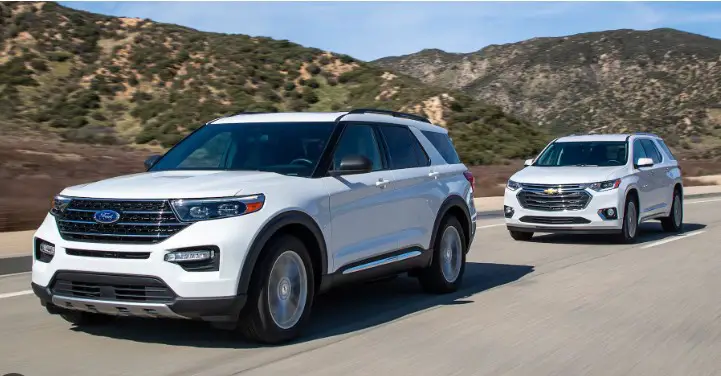
Performance and Engineering
Engine Specs and Performance
The heart of any vehicle lies in its performance capabilities, primarily defined by its engine specs. The Chevy Traverse is equipped with a robust 3.6L V6 engine, offering an impressive balance of horsepower and torque, making it a powerhouse on the road. It delivers up to 310 horsepower and 266 lb-ft of torque. In contrast, the Ford Explorer offers multiple engine options, including a 2.3L EcoBoost I-4 that provides up to 300 horsepower and 310 lb-ft of torque, and a more powerful 3.0L EcoBoost V6 available in higher trims. Both vehicles provide ample engine size and power, but the Explorer’s range of options may appeal to those seeking customization in their driving experience.
Fuel efficiency is another critical factor in performance. The Traverse boasts respectable fuel economy for its class, offering an EPA-estimated 18 mpg in the city and 27 mpg on the highway. The Explorer, with its EcoBoost engine, counters with an EPA-estimated 21 mpg in the city and 28 mpg on the highway, making it slightly more fuel-efficient than the Traverse.
Handling and Driveability
When it comes to driving dynamics, both the Chevy Traverse and Ford Explorer offer smooth, responsive rides. However, the Explorer takes a slight edge with its rear-wheel-drive platform, which enhances its handling and overall driveability, particularly in challenging conditions. The Traverse, with its front-wheel drive setup, provides a comfortable ride but may not match the Explorer’s precision in cornering and agility.
Off-road capabilities are essential for drivers seeking adventure beyond the asphalt. The Ford Explorer’s Terrain Management System™, available in its 4WD models, allows the driver to easily switch between various modes to tackle different terrains, giving it a notable advantage in off-road performance. The Traverse, while capable of less challenging off-road paths, does not offer the same level of adaptability as the Explorer.
Technology and Infotainment
Overview of Infotainment Systems
In the realm of technology and infotainment, both SUVs boast advanced systems designed to enhance the driving experience. The Chevy Traverse features the Chevrolet Infotainment 3 System, which includes a 7-inch touchscreen, Bluetooth audio streaming for two active devices, and Apple CarPlay and Android Auto compatibility. The Ford Explorer responds with the SYNC® 3 system, featuring an 8-inch touchscreen, enhanced voice recognition, and similar connectivity features. Both systems are user-friendly, but the Explorer’s larger screen and additional voice command capabilities might offer a slight edge in usability.
Connectivity Features
Connectivity is key in today’s digital world, and both vehicles excel in this area. Beyond the standard Bluetooth, Apple CarPlay, and Android Auto, both SUVs offer 4G LTE Wi-Fi hotspots, allowing passengers to stay connected on the go. This feature is particularly beneficial for long trips, ensuring that everyone in the vehicle can access their devices without relying on mobile data.
Safety and Security
Safety Features and Ratings
Safety is a paramount concern for drivers, and both the Chevy Traverse and Ford Explorer come equipped with a suite of safety features designed to protect passengers. The Traverse offers advanced safety technologies, including forward collision alert, lane keeps assist with lane departure warning, and automatic emergency braking. The Explorer matches this with its Ford Co-Pilot360™ technology, adding a blind spot information system and cross-traffic alert to its safety arsenal. Both vehicles have received high safety ratings from the National Highway Traffic Safety Administration (NHTSA), reflecting their commitment to passenger protection.
Advanced Driver Assistance Technologies
In addition to the standard safety features, both SUVs offer advanced driver assistance technologies to enhance the driving experience and provide added peace of mind. The Traverse’s adaptive cruise control and rear camera mirror are standout features, while the Explorer’s Active Park Assist 2.0 and Evasive Steering Assist underscore Ford’s focus on innovation in safety. These technologies not only contribute to a safer driving experience but also highlight the manufacturers’ dedication to incorporating cutting-edge technology into their vehicles.
Pricing and Value
Base Model Pricing Comparison
The Chevy Traverse and Ford Explorer are competitively priced, catering to a broad market of family SUV buyers. The Traverse typically starts at a slightly lower price point than the Explorer, making it an attractive option for budget-conscious consumers. However, the base price is just the beginning of the story.
Cost-to-Value Analysis (Features per Dollar)
When it comes to getting the most bang for your buck, both SUVs offer compelling arguments. The Chevy Traverse, with its lower entry price, provides ample space, a comfortable ride, and a generous suite of standard features. On the other hand, the Ford Explorer, despite its higher initial cost, counters with advanced technology, superior towing capacity, and a more robust engine lineup. The choice between them hinges on what you value more: upfront savings or long-term capabilities and comforts.
Ownership Experience
Maintenance Requirements and Costs
Understanding the long-term commitment to a vehicle is crucial. Historically, both the Traverse and the Explorer have similar maintenance requirements. Routine services such as oil changes, tire rotations, and brake inspections are standard. However, the cost of these services and the frequency with which they’re needed can vary slightly between models, often depending on the specific engine and drivetrain options chosen.
Warranty Comparison
Warranties are a significant aspect of the ownership experience, offering peace of mind to the buyer. Both Chevrolet and Ford provide competitive warranties that cover a range of components and services. Typically, both brands offer a 3-year/36,000-mile basic warranty and a 5-year/60,000-mile powertrain warranty. The difference often lies in the details of what’s covered and the availability of extended warranty options, so it’s worth reading the fine print.
Pros and Cons
Summary of Key Advantages
The Chevy Traverse shines with its spacious interior, boasting one of the largest cargo capacities in its class. It also offers a comfortable ride and a user-friendly infotainment system. The Ford Explorer, however, excels in performance with its potent engine options and superior towing capability. Its modern technology and safety features also set a high standard.
Summary of Potential Drawbacks
No vehicle is without its flaws. The Traverse, for instance, could improve its fuel efficiency and offer more advanced standard safety features. The Explorer’s drawbacks include a higher starting price and a less spacious third row, which may deter families needing more passenger space.
Comparisons and Competitions: How They Stack Up
Market Standings and Buyer Preferences
In the competitive landscape of midsize SUVs, both the Chevy Traverse and Ford Explorer have carved out significant niches for themselves. However, their appeal to buyers varies based on several factors, including design, performance, and technological features. Recent market trends have shown a growing preference for SUVs that offer not just space and comfort, but also fuel efficiency and advanced safety features. The Traverse, with its spacious interior and comfortable ride, appeals to families looking for versatility and comfort. On the other hand, the Explorer’s strong performance metrics and off-road capabilities cater to those seeking adventure and power.
Real-World User Experiences
Owner Reviews: Praises and Complaints
Diving into real-world user experiences provides invaluable insights into what actual owners appreciate and dislike about their vehicles. Traverse owners often highlight the SUV’s ample interior space, user-friendly infotainment system, and smooth ride as its standout features. Conversely, some criticisms point to its less-than-impressive fuel economy and interior material quality in lower trims.
Explorer enthusiasts frequently praise its powerful engine options, especially the robust V6 and efficient hybrid variants, and its impressive towing capacity. However, complaints often revolve around its higher price point and the tighter third-row seating compared to some of its rivals, including the Traverse.
Future Outlook and Upcoming Models
Anticipated Updates and SUV Segment Trends
Looking ahead, both Chevrolet and Ford are gearing up to introduce significant updates to the Traverse and Explorer, respectively. Expected changes include enhancements in performance, fuel efficiency, and the integration of cutting-edge technology to meet the evolving demands of modern drivers. Moreover, with the automotive industry’s shift towards electrification, potential hybrid or fully electric versions of these models could dramatically alter their market positions.
Emerging trends in the SUV segment also suggest an increasing emphasis on sustainability, autonomous driving features, and digital connectivity. As such, both the Traverse and Explorer are poised to adapt, incorporating more eco-friendly powertrains and advanced driver-assistance systems to stay competitive.
Recap of the Main Differences and Similarities
The Chevy Traverse and Ford Explorer have several similarities that make them stand out in the SUV market. Both models offer spacious interiors with third-row seating, making them ideal choices for families. Additionally, they come equipped with advanced safety features and infotainment systems designed to enhance the driving experience.
However, there are notable differences between the two. The Traverse generally offers more cargo space and a slightly higher passenger capacity, which may be a deciding factor for larger families or those requiring more storage for long trips. On the other hand, the Explorer provides a more robust set of engine options, including a performance-oriented ST model that appeals to drivers seeking a sportier feel.
Final Recommendations for Different Types of Drivers
For drivers prioritizing fuel efficiency and a sporty driving experience, the Ford Explorer emerges as the preferable option, especially with its EcoBoost engines that balance power with better fuel economy. Meanwhile, families needing extra space and comfort might find the Chevy Traverse more to their liking, thanks to its expansive interior and smooth ride quality.

FAQs
What is the starting price for each model?
The starting price for the Chevy Traverse typically falls slightly below that of the Ford Explorer, making the Traverse a more budget-friendly option. However, prices can vary based on trim levels and optional features chosen.
Which model offers better fuel efficiency?
The Ford Explorer, particularly with its EcoBoost engine options, tends to offer better fuel efficiency than the Chevy Traverse. This makes the Explorer an attractive choice for drivers looking to maximize their fuel economy.
Can both models accommodate third-row seating comfortably?
Yes, both the Chevy Traverse and Ford Explorer are designed with third-row seating that can accommodate passengers comfortably. However, the Traverse offers a bit more space in the third row, making it more suitable for adults on longer journeys.
How do the Traverse and Explorer compare in terms of safety ratings?
Both SUVs have received commendable safety ratings from reputable agencies such as the National Highway Traffic Safety Administration (NHTSA) and the Insurance Institute for Highway Safety (IIHS). They are equipped with advanced safety features, including lane-keeping assist, automatic emergency braking, and more, making them safe choices for families.
Which SUV is better for off-road driving?
While neither SUV is primarily designed for off-road adventures, the Ford Explorer offers a slightly better performance in off-road conditions, especially with its Intelligent 4WD system available in certain trims. However, for serious off-road driving, prospective buyers might want to look into more specialized vehicles.
Conclusion
The Chevy Traverse and Ford Explorer continue to offer compelling options for the modern driver, each with its unique set of strengths and weaknesses. By examining their performance in the market, diving into real-world owner experiences, and looking ahead at future updates, it’s clear that both models are keenly attuned to the needs and preferences of today’s SUV buyers. As they evolve, the Traverse and Explorer will undoubtedly remain at the forefront of the segment, reflecting broader trends in the automotive industry and catering to the ever-changing demands of the driving public.

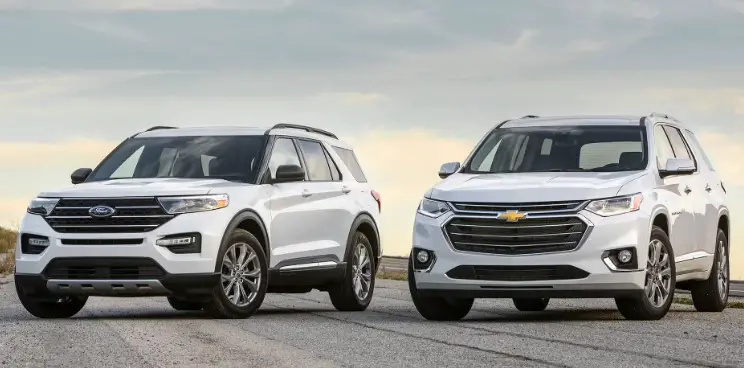
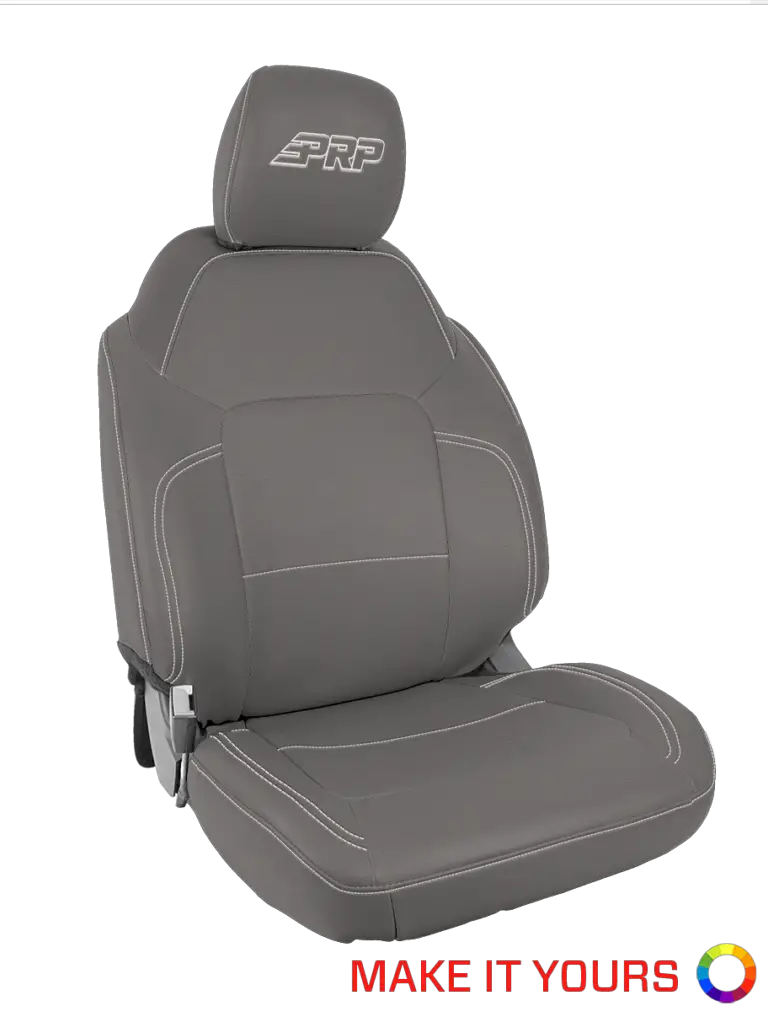

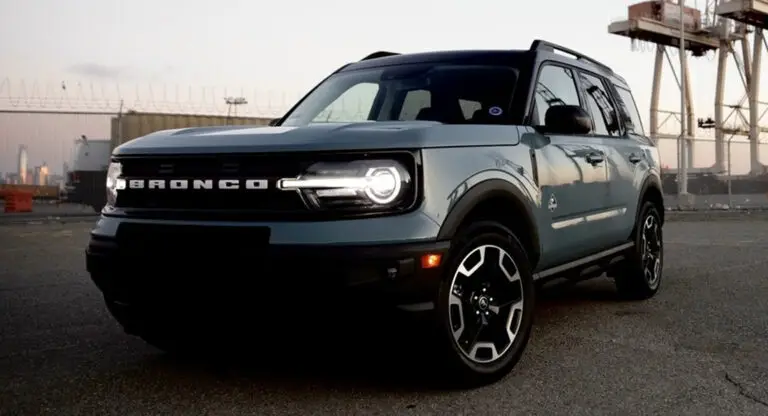
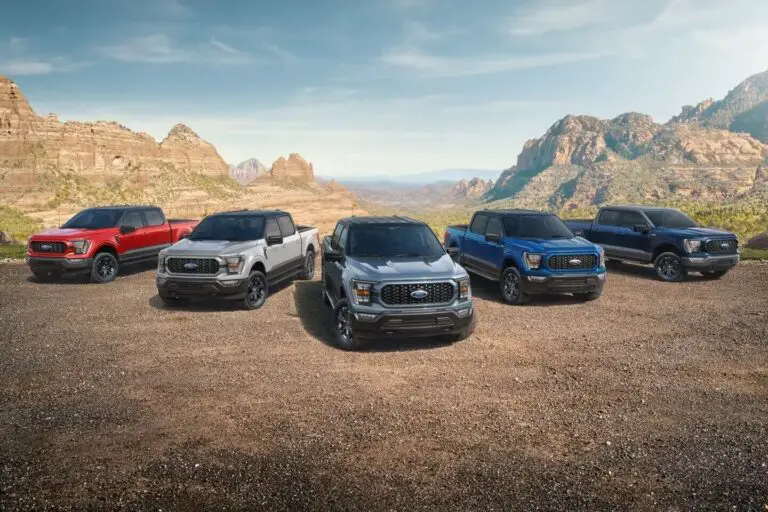

4 Responses